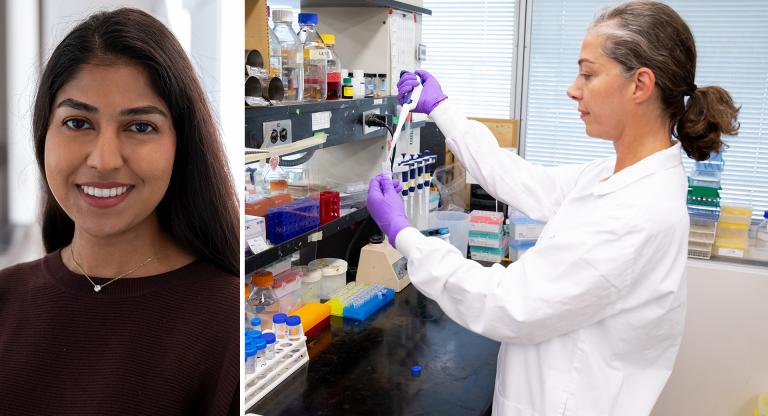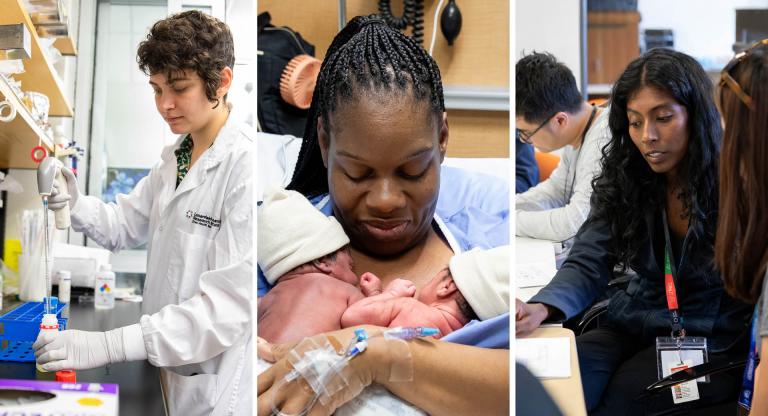LTRI scientists look to unleash the power of stem cells to repair brain injuries

Scientists at Sinai Health say they have identified a new way to control the fate of neural stem cells, bringing researchers one step closer to unlocking the mystery of how to repair the brain after injury or stroke.
The findings, published this month in Nature Communications, outline a small set of molecules capable of keeping neural stem cells from losing their ability to differentiate into critical components of a mammal’s cortex, a part of the brain that controls language and information processing.
This latest research comes from Dr. Andras Nagy, senior investigator at the Lunenfeld-Tanenbaum Research Institute (LTRI) at Sinai Health, and Dr. Balazs Varga, who developed cell-based therapeutic approaches over the span of a decade for the project.
“This discovery is an exciting extension of platform technologies developed by Nagy Lab in recent years, which make cell therapy safe and universal, with off-the-shelf products to treat degenerative diseases,” Dr. Nagy said, senior author on the paper.
GABAergic and glutamatergic neurons are two major neuronal subtypes in the mammalian forebrain, or the cerebral cortex. Both classes of cells develop from neuroepithelial progenitor cells at the very early stage of brain development. While both types of stem cells play a critical role in brain development, they are known to quickly lose their ability to form all necessary cell types of the cortex.
To overcome this limitation, scientists in the Nagy Lab identified a set of small molecules capable of keeping the neuroepithelial cells growing without losing their developmental potential.
Furthermore, when researchers withdrew the cocktail of the small molecules from the stem cells, they found the cells continued their differentiation into cells of the human forebrain, but in a much larger number than without “locking” them in their growth phase, for a required time.
“The ability to obtain an unlimited number of forebrain-forming neural epithelium from stem cells is essential for disease modelling and toxicity testing needed in the development of new drugs,” said Dr. Nagy. “These cells could be used in cell therapies, with the potential to treat strokes and other neurological diseases.”
Dr. Nagy holds a Canadian Research Chair in stem cells and regeneration. His latest research is seen a huge step forward in his ongoing work identifying new stem cell-based therapies. Regenerative medicine enables the human body to repair, replace and restore its own damaged or diseased cells, tissues and organs.
Dr. Varga, first author of the paper and the lead researcher of the invention, said understanding the forces orchestrating human brain development will help identify underlying causes of diseases, ultimately leading to effective treatment development.
“Our work identified one way we can control the fate of neural stem cells,” said Dr. Varga. “Better understanding the behaviour of the neuroepithelial cells will provide us with ideas about how we could control progenitor cell function and brain regeneration.”
This research was funded by a grant from the Canadian Institutes for Health Research (CIHR).











